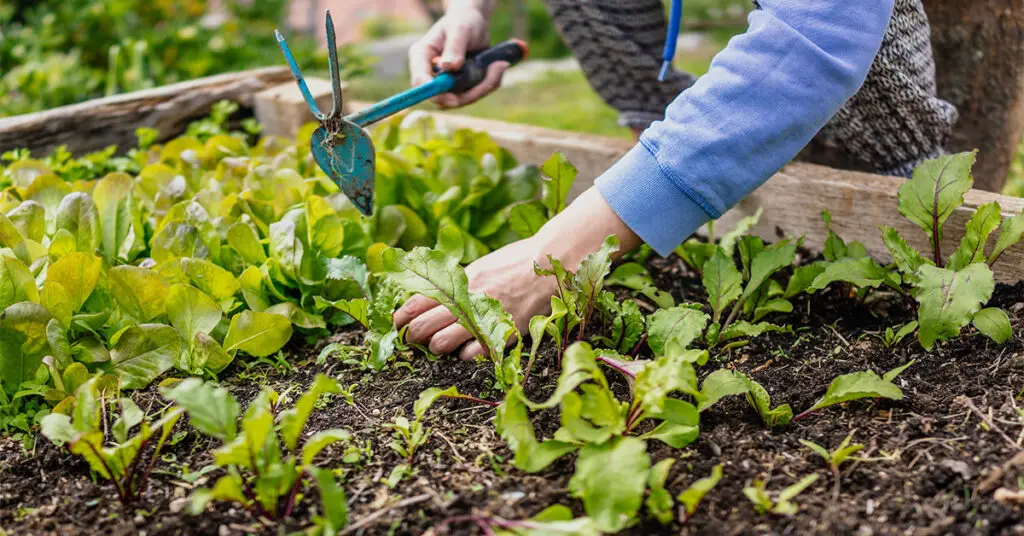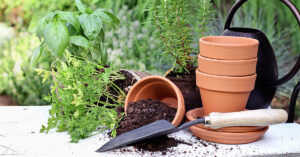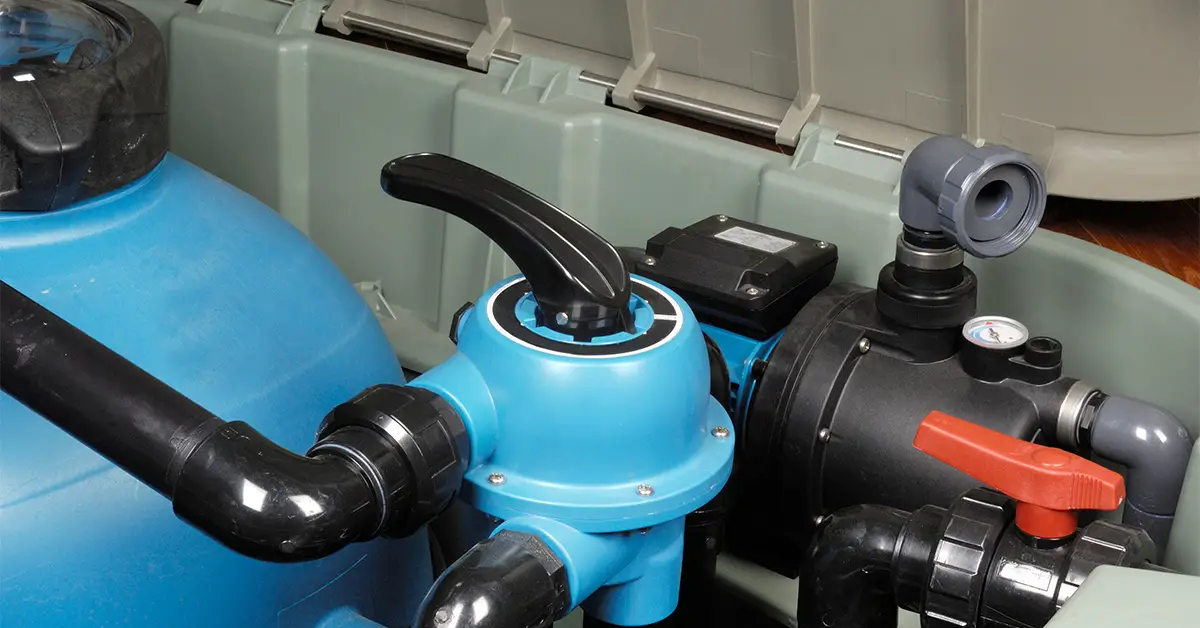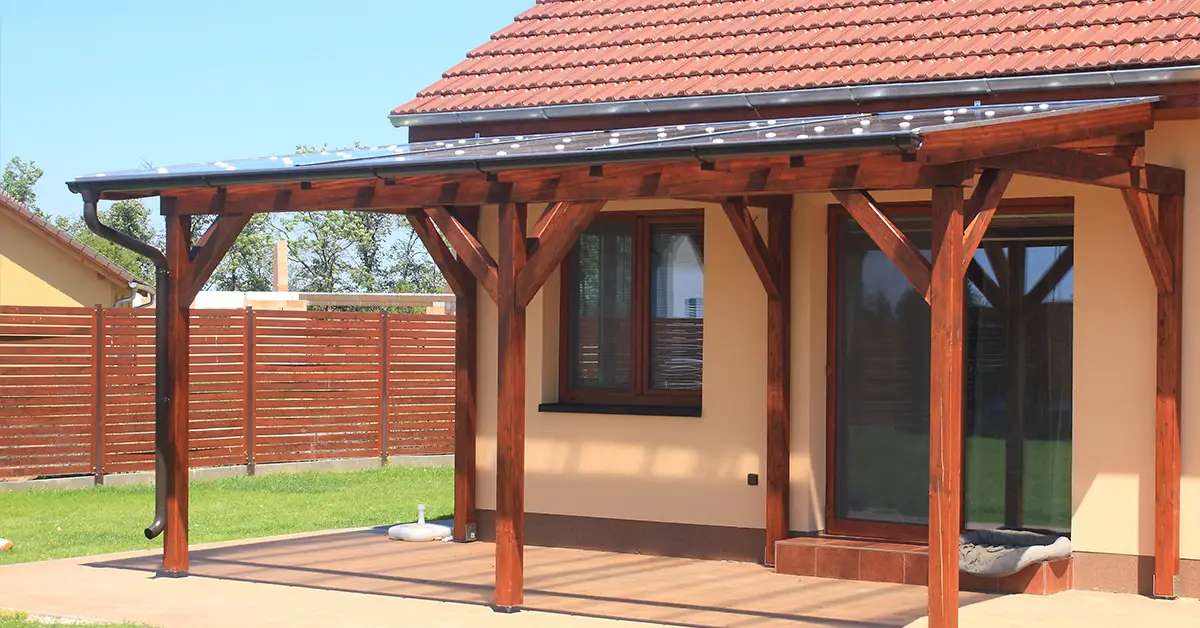How relieving would it be if we had gardens without weeds? Unfortunately, weeds are inevitable. We have no choice but to control the weeds to prevent them from competing with vegetables for nutrients, water, and light.
There are several ways to go about this, including using weed killers like Preen. However, you cannot use Preen for all your weed management needs. We believe you’re here today because you’re wondering whether Preen is safe for a vegetable garden.
So, can you use Preen in a vegetable garden? According to an EPA review, applying Preen every 9-12 weeks can help prevent most weeds from germinating in your vegetable garden.
Generally, the best practice is to use the weed preventer around established vegetable plants and transplants. Lebanon Seaboard Corporation says you should apply Preen when your vegetable plants are 2-3 inches tall or after mulching. In some cases, though, you may use the product before seeding vegetables. Make sure you always consult the instructions on the label when applying Preen.
Keep reading to learn more on Preen for vegetable gardens.
Table of Contents
How Does Preen Work in a Vegetable Garden?
Preen garden weed killer contains an active ingredient known as trifluralin. Trifluralin is a pre-emergent herbicide, meaning it prevents weed seeds from sprouting. It is effective in eliminating a long list of annual weeds.
Once the young roots of the weed seeds absorb Preen, the shoots stand no chance of growing and thriving. But Preen doesn’t affect the roots of plants that have already germinated. In other words, this product doesn’t work on existing weeds. If weeds have already invaded your garden, you’ll need to pull them out before using Preen.
Keep in mind trifluralin is not selective to weeds only. It can also block your vegetable seeds from germinating. That’s why you need to apply it on and around gardens with established veggies — unless stated otherwise on the label.
Another thing worth highlighting is that rain doesn’t wash this weed preventer out of the soil. Preen will stay in the soil for about 8-12 weeks, keeping your vegetable garden neat.
What Types of Vegetables Can You Use Preen On?
Lebanon Seaboard Corporation classifies the vegetables into five categories based on when you should apply Preen.
1) Before seeding vegetables — This group essentially covers cruciferous vegetables, including broccoli, cauliflower, Brussels sprouts, collards, kale, radishes, okra, cabbage, carrots, celery, mustard greens, and turnip greens. The group also features pulses — peas, beans, and lentils.
2) After seeding or transplanting vegetables — Under this category, we have cucurbit veggies. The list includes cucumbers, watermelons, pumpkins, and cantaloupe. You should apply the weed killer when the plants have developed at least five leaves.
3) After planting vegetables — This group focuses on potatoes.
4) Before transplanting vegetables — You can apply Preen in your garden before transplanting nightshade vegetables, such as tomatoes, eggplants, and peppers. Onions fall into this category as well. You can also use Preen before transplanting cabbage, broccoli, celery, cauliflower, and Brussels sprouts.
5) Perennial vegetables — If you’re growing perennial veggies like asparagus, you should apply Preen before spear emergence of established plants.
How Do I Use Preen in My Vegetable Garden?
You will have greater control over the weeds in your vegetable garden if you take the time to remove existing weeds. Then, use a rake to work the top layer of soil until you have a smooth surface.
We have seen some gardeners complaining that the weeds appeared even after following the label instructions to the letter, including uprooting the visible weeds.
Here’s what you need to know. Sometimes, you can apply Preen when the weeds are already in the germination process but not yet visible. In this case, the product may not help prevent unwanted plants.
After preparing your garden, it’s best not to take too long before planting the veggies. That way, you can apply the weed killer as soon as possible.
When applying Preen, you sprinkle the granules on the prepared soil and work the product 1-2 inches into the top layer of soil. Use a rake for uniform application.
Note that the rate of Preen application depends on the type of soil you’re growing your veggies. If your vegetables require soil that’s more than 50% clay, you should sprinkle the product granules at 1lb. per 640 square feet. If you’re dealing with medium loam soil, apply at 1 lb. per 960 square feet. And if you’re planting in light sandy soil, apply Preen at 1 lb. per 1,280 square feet.
Can I Apply Preen With Mulch?
Yes, it is recommended to use Preen with mulch for the results. Applying Preen with mulch is easy. Just spread mulch on your garden beds and sprinkle the granules on top. And after application, you either water the area or use a rake to work the granule into the mulch.
Always make sure the product doesn’t get to the leafy parts of your vegetables during application. Otherwise, it might discolor or damage your vegetable plants. But you can prevent that from happening by washing or brushing the stray granules from the plant foliage right away.
How Long Should I Wait to Plant New Non- Recommended Vegetables After Applying Preen?
If you want to introduce new plants into your garden, you’ll have to wait for about 3 months after the Preen application. There are several factors that affect Preen’s biodegrading rate, such as type of soil, temperature, moisture, sunlight, and amount of Preen used in the garden. But after 12 weeks, the traces of granules would have probably biodegraded, posing no threat to your new germinating seeds.
Final Thoughts — Can You Use Preen in a Vegetable Garden?
Yes, Preen is an excellent weed control product designed for vegetable gardening applications and more. However, you must follow all the instructions on the product label. Otherwise, you could end up harming your vegetable seedlings, transplants, or even established plants. There you have it!







